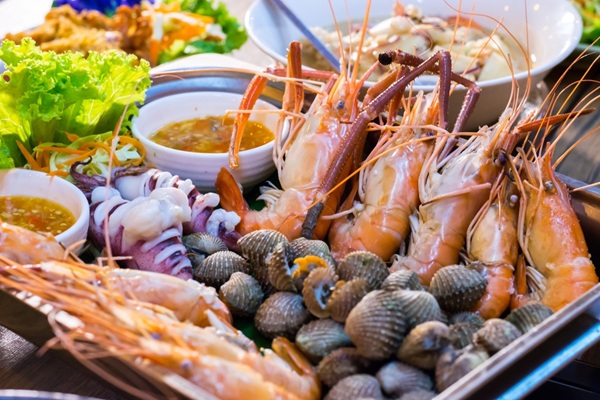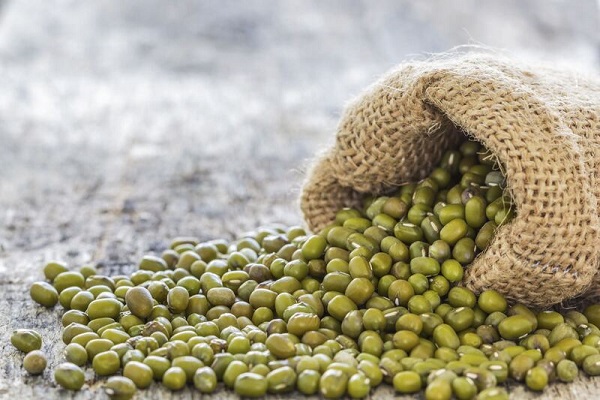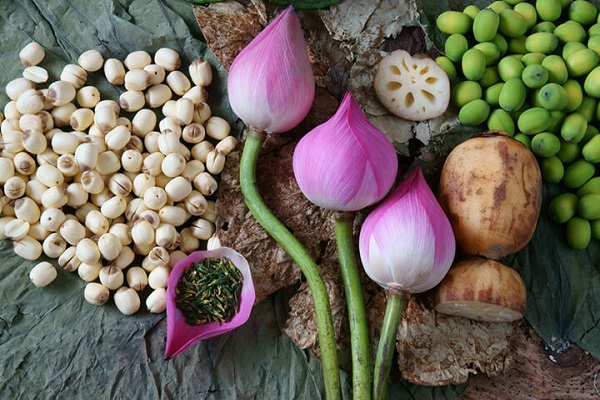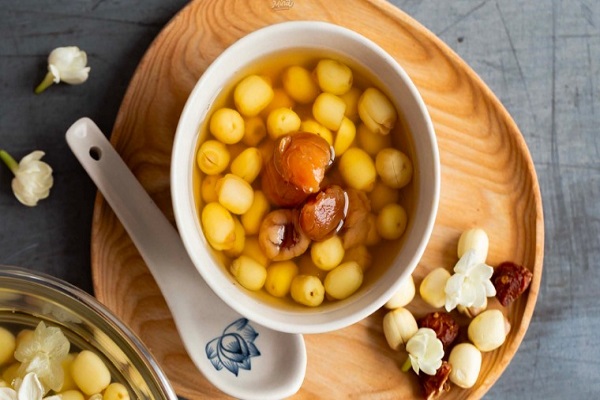Incorporating calcium-rich foods is a critical factor in maintaining strong bones and joints. Calcium is an essential mineral that supports bone and joint health, particularly crucial for individuals aiming to prevent conditions such as osteoporosis or joint degeneration. In Vung Tau City, where residents frequently engage in outdoor activities like beach walking or sports, consuming calcium-rich foods is vital to keep bones and joints robust. This article will explore the role of calcium, natural sources of calcium-rich foods, ways to incorporate them into the diet, and their benefits for bone and joint health.
The Role of Calcium in Bone and Joint Health
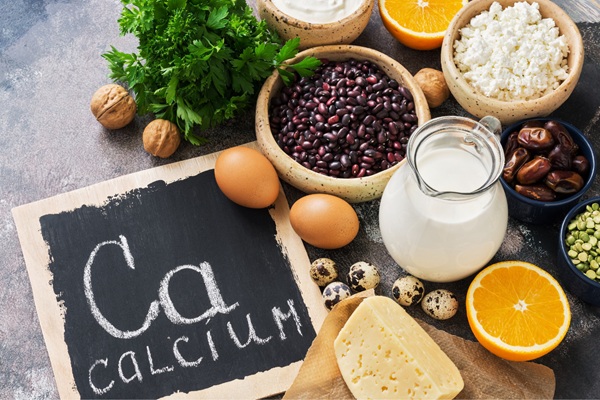
Calcium is the primary component of bones and teeth, accounting for approximately 99% of the body’s total calcium. According to the Mayo Clinic, calcium not only strengthens bones but also supports muscle function, nerve signaling, and blood clotting. A deficiency in calcium can lead to issues such as osteoporosis, joint pain, or an increased risk of fractures, particularly in older adults. For individuals in Vung Tau City, where an active lifestyle is common, consuming adequate calcium-rich foods helps maintain mobility and reduces the risk of injuries.
Signs of Calcium Deficiency
Calcium deficiency can result in the following symptoms:
- Bone and joint pain: Feelings of pain or weakness in bones, particularly in the spine and knees.
- Muscle cramps: Frequent muscle contractions, especially at night.
- Brittle, easily broken nails: Fragile nails or excessive hair loss.
- Osteoporosis: Increased risk in postmenopausal women and older adults.
If you regularly run or engage in sports in Vung Tau City, calcium deficiency may heighten the risk of injuries and impair performance.
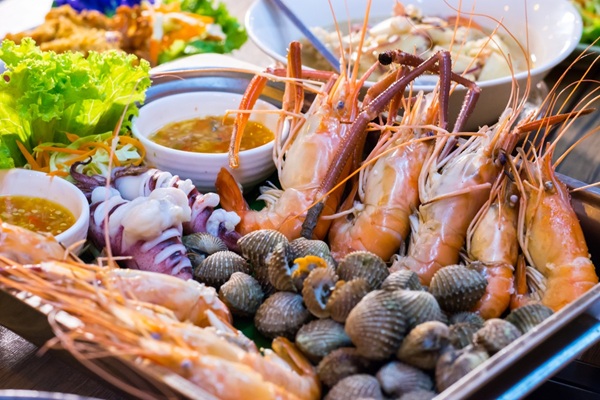
Natural Sources of Calcium-Rich Foods
To effectively supplement calcium, prioritize calcium-rich foods from natural sources.
Below is a list of common types of calcium-rich foods:
1. Dairy Products:
Milk and dairy products such as cheese and yogurt are leading sources of calcium-rich foods. According to WebMD, one cup of milk (240ml) provides approximately 300mg of calcium, equivalent to 30% of an adult’s daily requirement. Unsweetened Greek yogurt is also an excellent choice for those who engage in gym workouts or running.
2. Green Vegetables:
Leafy greens such as spinach, kale, and broccoli contain significant amounts of calcium. For example, one cup of cooked kale provides approximately 180mg of calcium. These vegetables are readily available at markets in Vung Tau City, ideal for preparing healthy dishes like salads or smoothies.
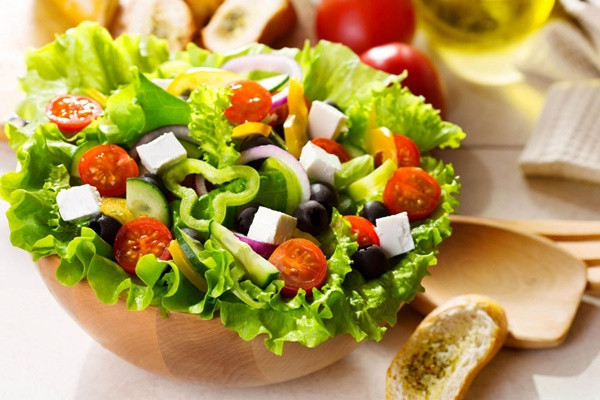
3. Seafood
Fish such as sardines, canned salmon (with bones), and shrimp are natural calcium-rich foods. A 3-ounce serving of sardines (85g) can provide over 300mg of calcium. This is an ideal choice for coastal residents like those in Vung Tau City, where fresh seafood is abundant.
4. Nuts and Beans
Almonds, chia seeds, and white beans are plant-based sources of calcium-rich foods. One ounce of almonds (approximately 23 nuts) provides about 75mg of calcium, along with fiber and vitamin E. Chia seeds can be added to smoothies or oatmeal to enhance nutrition.
5. Fortified Foods
Soy milk, calcium-fortified orange juice, or fortified cereals are alternatives for those with lactose intolerance. Always check product labels to ensure adequate calcium content.
Daily Calcium Requirements
According to the National Institutes of Health (NIH), calcium needs vary by age:
- Adults (19–50 years): 1000mg/day.
- Women over 50 and men over 70: 1200mg/day.
- Children (9–18 years): 1300mg/day.
To meet daily calcium needs, incorporate a variety of calcium-rich foods into your diet. For example, a breakfast of yogurt, fruit, and chia seeds, combined with a lunch of sardines and kale salad, can fulfill most of your calcium requirements.
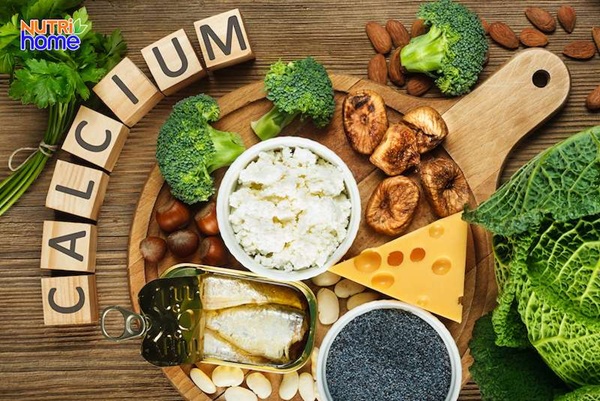
How to Incorporate Calcium-Rich Foods into Your Diet
To optimize calcium absorption, consider the following:
- Combine with vitamin D: Vitamin D enhances calcium absorption. Natural sources include sunlight, egg yolks, and fatty fish. In Vung Tau City, gentle morning sun exposure is an excellent way to boost vitamin D.
- Limit foods that hinder calcium absorption: Caffeine, alcohol, and oxalate-rich foods (like raw spinach) can reduce calcium absorption.
- Divide portions: Instead of consuming large amounts of calcium in one meal, spread intake across daily meals to maximize absorption.
Suggested Calcium-Rich Menu
- Breakfast: Greek yogurt with chia seeds and strawberries.
- Lunch: Kale salad with sardines and calcium-fortified orange juice.
- Dinner: White bean stew with broccoli and a glass of unsweetened milk.
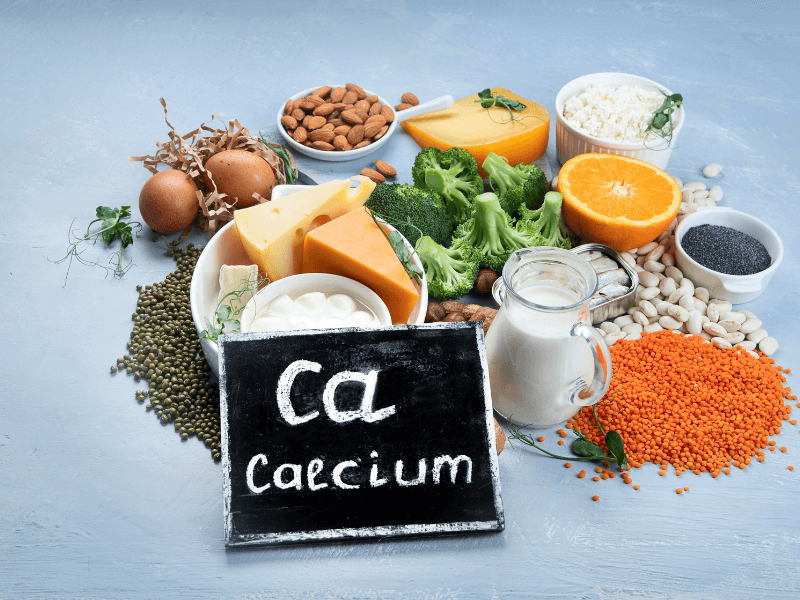
Benefits of Consuming Calcium-Rich Foods
Adequate intake of calcium-rich foods offers numerous benefits for bone and joint health:
- Enhanced bone strength: Reduces the risk of osteoporosis and fractures.
- Improved mobility: Strong bones and joints facilitate activities like running or sports.
- Better overall health: Calcium supports muscle and nerve function, enhancing physical performance.
For residents of Vung Tau City, maintaining a diet with calcium-rich foods not only protects bones and joints but also boosts overall health for enjoying outdoor activities.
When to Consider Calcium Supplements
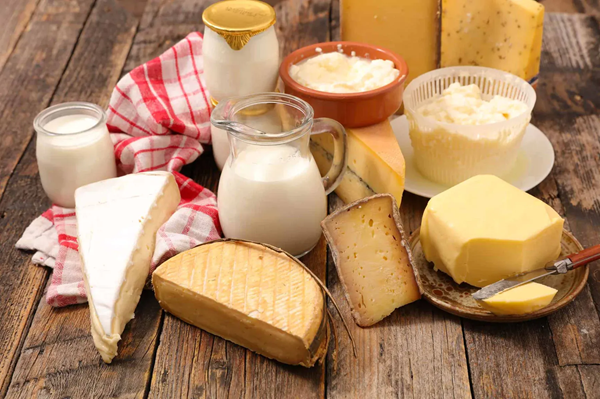
If your diet does not provide sufficient calcium, consider supplements under a doctor’s guidance. However, note the following:
- Do not exceed the recommended dose (2500mg/day for adults) to avoid the risk of kidney stones.
- Consult a doctor if you have a history of kidney disease or other health conditions.
Calcium-rich foods play a vital role in maintaining strong bones and joints, helping prevent conditions like osteoporosis and joint degeneration. In Vung Tau City, incorporating natural calcium sources such as milk, green vegetables, and seafood into your daily diet is a simple way to enhance health. Start with small changes, like adding yogurt to breakfast or green salads to lunch, and consult a doctor if calcium supplementation is needed to ensure robust bones and joints.
Frequently Asked Questions (FAQ)
1. Which calcium-rich foods are easy to find?
Milk, cheese, yogurt, kale, sardines, and chia seeds are calcium-rich foods that are easy to find and prepare.
2. How does calcium deficiency affect bones and joints?
Calcium deficiency can cause joint pain, osteoporosis, and an increased risk of fractures, particularly in older adults.
3. How can I improve calcium absorption?
Combine calcium-rich foods with vitamin D (from sunlight or foods like fatty fish) and spread intake throughout the day.
4. Should I take calcium supplements?
Calcium supplements should only be taken under a doctor’s guidance if dietary intake is insufficient.
5. How can I tell if I’m calcium deficient?
Symptoms like muscle cramps, bone pain, or brittle nails may indicate calcium deficiency. Consult a doctor for accurate testing.
Myofascial release physical therapy is a long-term treatment combining physical therapy with targeted exercises. Patients must remain consistent and follow the prescribed treatment schedule. Andora Physical Therapy Clinic is a leading rehabilitation and physical therapy center in Vung Tau. Our physical therapy methods are tailored flexibly to suit each patient’s pain condition and unique physiology.
Free consultation and condition assessment at Andora Orthopedic Clinic:
- Address: 123 Truong Cong Dinh, Vung Tau Ward, HCM City
- WhatsApp/Viber: (+84)87724 7272
- Facebook | X (Twitter) | Tiktok
Learn more about Sport injures and Musculoskeletal Disorders plans to effectively care for and restore musculoskeletal health.


